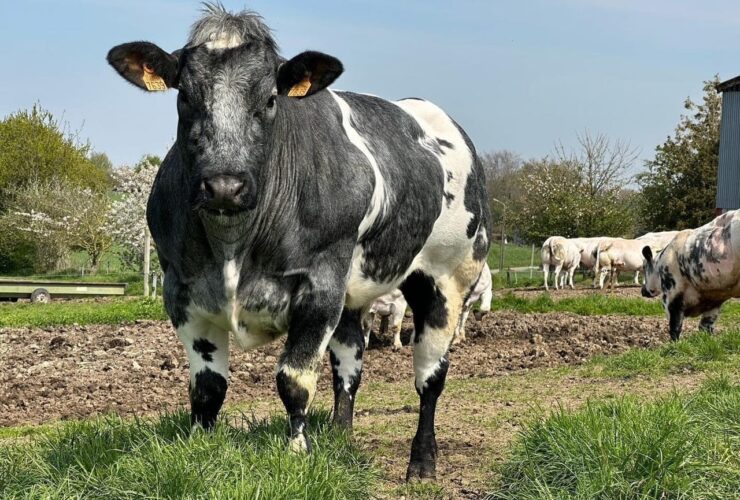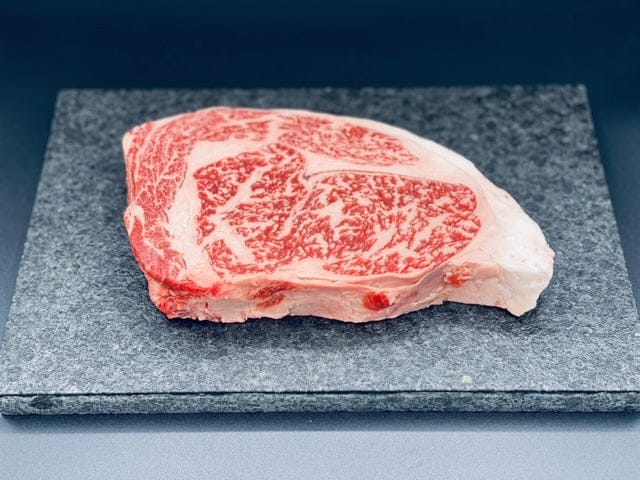Flanders Beef: A Culinary Delight Rooted in Tradition
Flanders Beef: A Culinary Delight Rooted in Tradition
Introduction
Nestled in the northern region of Belgium, Flanders is renowned for its rich cultural heritage, picturesque landscapes, and, notably, its exceptional cuisine. Among the many gastronomic treasures of this region, Flanders beef stands out as a symbol of quality and tradition. This article delves into the origins, characteristics, and culinary significance of Flanders beef, exploring why it has become a coveted ingredient in kitchens both locally and internationally.
The Origin of Flanders Beef
Flanders beef originates from a region known for its fertile soil and ideal farming conditions. The region’s temperate climate, coupled with an abundance of lush pastures, creates an optimal environment for raising cattle. This geographical advantage, combined with centuries-old farming practices, has given rise to beef that is celebrated for its superior quality.
Historically, cattle farming in Flanders dates back to medieval times. The region’s farmers have long been dedicated to breeding and raising cattle with a focus on both quality and sustainability. Traditional breeds, such as the Belgian Blue, are meticulously cared for, ensuring the meat produced is not only tender but also rich in flavor.
Characteristics of Flanders Beef
One of the distinguishing features of Flanders beef is its marbling – the fine streaks of fat interspersed within the muscle tissue. This marbling is crucial as it melts during cooking, infusing the meat with juiciness and a depth of flavor that is hard to rival. The cattle are typically grass-fed, contributing to a unique taste profile that is both earthy and slightly sweet.
The beef from Flanders is also known for its bright red color, a sign of freshness and high-quality meat. The texture is exceptionally tender, making it suitable for a variety of cooking methods, from grilling to slow roasting. The attention to animal welfare and sustainable farming practices further enhances the quality of Flanders beef, aligning with the growing global demand for ethically sourced food products.
Culinary Uses
Flanders beef is a versatile ingredient in the culinary world. Its rich flavor and tender texture make it ideal for both traditional Flemish dishes and modern gastronomic creations. Some popular Flemish recipes that showcase the quality of this beef include:
– Flemish Stew (Stoofvlees or Carbonnade Flamande): A hearty dish made by slow-cooking beef in beer, often accompanied by onions and spices. The beer imparts a deep, caramelized flavor to the beef, making it a comfort food favorite.
– Filet Américain: A Belgian version of steak tartare, where finely minced raw beef is mixed with a variety of seasonings and served with fries or bread.
– Beef Steak: Simply grilled or pan-fried, Flanders beef steaks are celebrated for their natural flavor and tenderness, often needing minimal seasoning.
Beyond traditional recipes, Flanders beef is increasingly being used by chefs to create innovative dishes that blend local ingredients with international culinary techniques. Its superior quality makes it a favorite in gourmet restaurants and among home cooks who appreciate the finest ingredients.
The Global Appeal
The reputation of Flanders beef has transcended Belgian borders, earning accolades in the international culinary community. Chefs and food enthusiasts around the world seek out this beef for its unmatched quality. Export markets have also opened up, allowing more people to experience the exceptional taste of Flanders beef.
Conclusion
Flanders beef is more than just a culinary ingredient; it is a testament to the region’s rich agricultural heritage and commitment to quality. Its unique characteristics, rooted in tradition and enhanced by sustainable farming practices, make it a prized possession in the culinary world. Whether enjoyed in a classic Flemish stew or as a simple grilled steak, Flanders beef offers a taste experience that is both luxurious and grounded in centuries of tradition.




